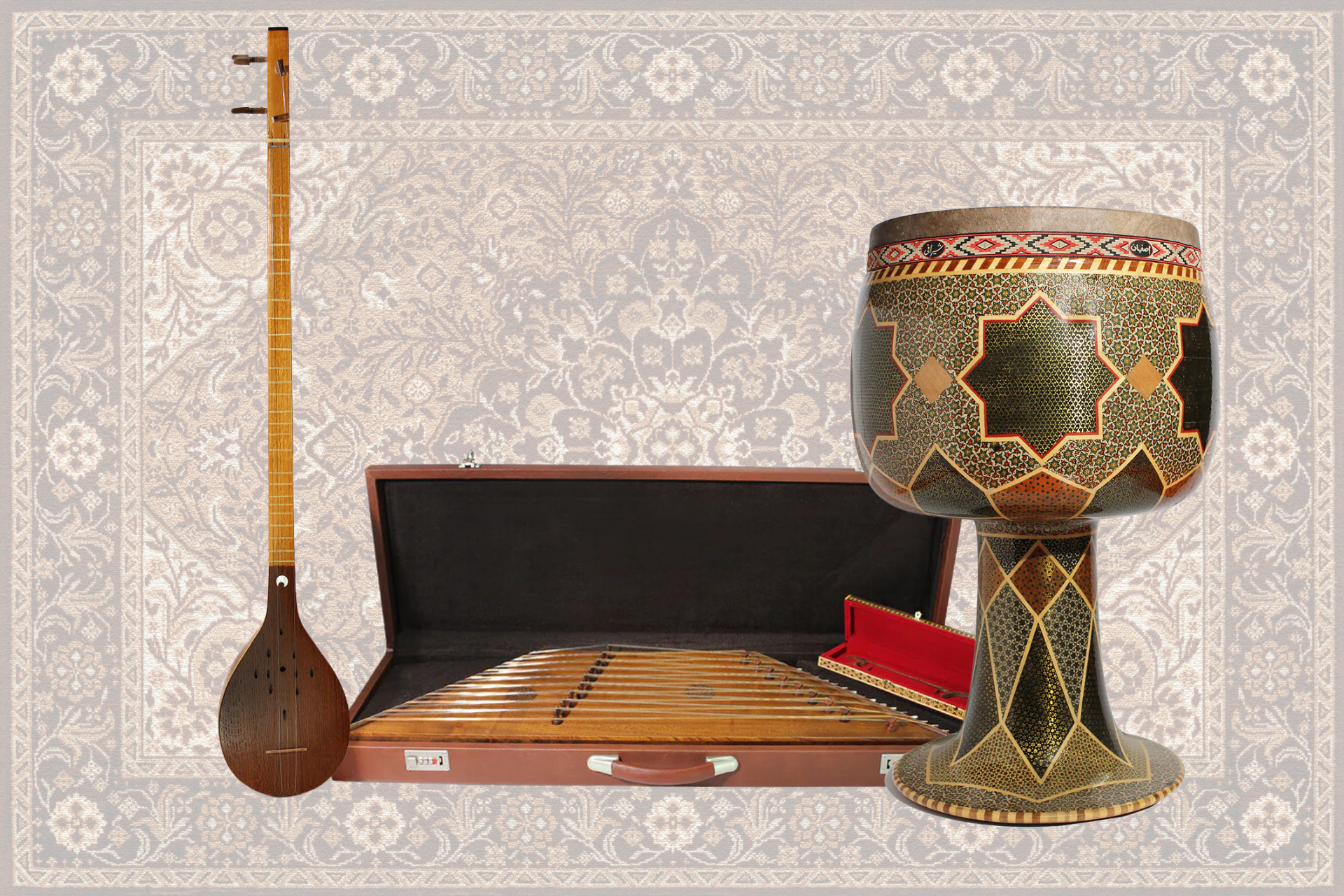General Articles
Exploring Traditional Musical Instruments
Traditional musical instruments form the backbone of cultural heritage, providing unique sounds that define the music of different regions. These instruments, crafted with meticulous care and often using age-old techniques, are central to the identity and expression of a culture. This article delves into the rich world of traditional instruments, with a special focus on Persian musical instruments, while also exploring the musical treasures of Turkey and other countries.
The Essence of Persian Traditional Instruments
Persian traditional music is deeply rooted in the history and culture of Iran. Persian instruments are known for their intricate craftsmanship and the soulful melodies they produce. These instruments have evolved over centuries, yet they retain their original charm and significance.
Tar
The tar is a long-necked, waisted instrument, often regarded as the quintessential Persian musical instrument. It is made of wood, usually mulberry, with a body shaped like a figure-eight. The tar has six strings and is played with a small brass plectrum. The rich, resonant sound of the tar is a staple in Persian classical music, providing a versatile range of tones that can convey deep emotions.
Setar
The setar, a smaller and more delicate relative of the tar, has four strings and a long, thin neck. Traditionally, the setar was made from mulberry or walnut wood. The name "setar" means "three strings" in Persian, referring to its original three-string configuration before the addition of a fourth string. The setar's soft, intimate sound is often used for solo performances and accompaniment in Persian music.
Santur
The santur is a hammered dulcimer with a trapezoidal shape. It is made of walnut or other hardwoods, with strings stretched over bridges in a diatonic scale. The player uses lightweight mallets to strike the strings, producing a shimmering, delicate sound. The santur is a versatile instrument used in various Persian musical genres, from classical to folk.
Kamancheh
The kamancheh is a bowed string instrument, akin to the violin. It has a round body made of wood, a long neck, and four strings. The kamancheh is known for its haunting, expressive tones and is played with a bow made of horsehair. This instrument holds a prominent place in Persian classical and traditional music, often used to convey deep, melancholic melodies.
Ney
The ney is an end-blown flute made of reed, with six finger holes. It is one of the oldest instruments still in use in Persian music, dating back thousands of years. The ney produces a breathy, ethereal sound that is both soothing and mesmerizing. It is often featured in spiritual and meditative music, as well as in classical compositions.
A Glimpse into Turkish Traditional Instruments
Turkey, with its rich cultural heritage, boasts a variety of traditional musical instruments that reflect its diverse history and influences from both the East and the West.
Oud
The oud is a short-necked lute with a pear-shaped body, common in Turkish, Arabic, and Persian music. It has a deep, warm sound and is played with a plectrum. The oud is a central instrument in Turkish classical and folk music, known for its melodic capabilities and rich tones.
Saz (Baglama)
The saz, or baglama, is a long-necked lute used in Turkish folk music. It has a rounded body and three sets of strings, each producing different pitches. The saz is versatile, used both for solo performances and ensemble pieces, and is an essential instrument in the music of the Turkish Alevi community.
Ney
Similar to its Persian counterpart, the Turkish ney is an end-blown flute with a rich, spiritual sound. It is a crucial instrument in Turkish Sufi music, often associated with the mystical whirling dervishes. The Turkish ney has a distinctive, breathy tone that adds depth and emotion to musical pieces.
Traditional Instruments from Other Cultures
While Persian and Turkish instruments are distinct, many other cultures have their own unique traditional instruments that are equally fascinating.
Japanese Koto
The koto is a Japanese stringed instrument with a long, curved body and thirteen strings. It is played by plucking the strings with picks attached to the fingers. The koto produces a gentle, melodic sound that is central to traditional Japanese music.
Indian Sitar
The sitar is a plucked string instrument used in Indian classical music. It has a long neck, a gourd-shaped body, and movable frets. The sitar is known for its resonant sound and the use of sympathetic strings, which create a complex, shimmering effect. It is a staple in both Hindustani and Carnatic music traditions.
African Djembe
The djembe is a West African drum with a goblet shape and a single drumhead made of animal skin. It is played with bare hands and produces a wide range of tones. The djembe is an integral part of African music, used in various ceremonies and celebrations for its powerful, rhythmic sound.
Discover the Beauty of Persian Instruments
At Rhythm Music Shop, we celebrate the rich heritage of Persian traditional instruments. Whether you are a seasoned musician or a beginner, our online store offers a wide selection of authentic Persian instruments, including the tar, setar, santur, kamancheh, and ney.
We serve Markham, Richmond Hill, North York, Scarborough, and the rest of the Greater Toronto Area, bringing the soul of Persian music to your doorstep. Explore our collection and let the timeless melodies of Persian music inspire your musical journey.

